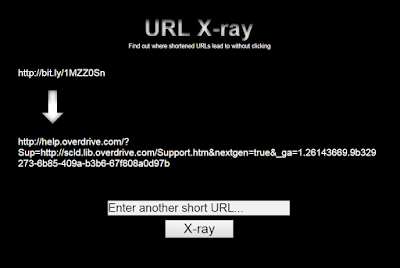 January 2017's meeting of the Greater Valley Chamber of Commerce Transportation Committee was all about a proposed pilot for a transload facility in the West Plains costing approximately $50,000. What's a transload facility? It's a place where goods change transportation mode. In this case, changing from truck to rail. Where in the West Plains? On the East edge of Fairchild Air Force Base, which leads to some restrictions. The Base requires, for example, good line of sight through the area. Also, while the county has rights of way, the land itself is owned by the airport. The county is negotiating lease of the property.
January 2017's meeting of the Greater Valley Chamber of Commerce Transportation Committee was all about a proposed pilot for a transload facility in the West Plains costing approximately $50,000. What's a transload facility? It's a place where goods change transportation mode. In this case, changing from truck to rail. Where in the West Plains? On the East edge of Fairchild Air Force Base, which leads to some restrictions. The Base requires, for example, good line of sight through the area. Also, while the county has rights of way, the land itself is owned by the airport. The county is negotiating lease of the property.Why build the facility, and why in the West Plains? Giving businesses more transportation options helps support the economy. There are over 200 acres of available land along the Geiger Spur that are zoned for industrial use. A nearby transload facility might make the area more attractive to industry. A transload facility could significantly increase rail use for the Geiger Spur. When companies ship by rail, they're not shipping by truck, which means fewer trucks on major highway corridors. Additionally, there is a potential economic impact.
What are some potential challenges regarding the facility? Building a client base. One of the uses could be for shipment of municipal waste to the Roosevelt facility. Another could be manufacturers and other companies on the west side of the state that can ship and store materials in the Spokane area for less than the cost of storing closer to their facilities. Since it's generally cheaper to ship by truck than rail between Seattle and Spokane, though, looking further east (Chicago, New York) might be the best way to go. Which brings up two more potential barriers: there is already a transload facility in the Valley's Industrial Park which is served by both Burlington Northern and Union Pacific, and the West Plains is served exclusively by BN -- no UP traffic for them!
Will the pilot be a success, leading to a larger transload facility?
A Request for Proposals hasn't yet gone out, so we'll have to wait and see.
Image from https://pierstransportation.wordpress.com/2013/05/07/transloading-growing-faster-than-u-s-imports/
















